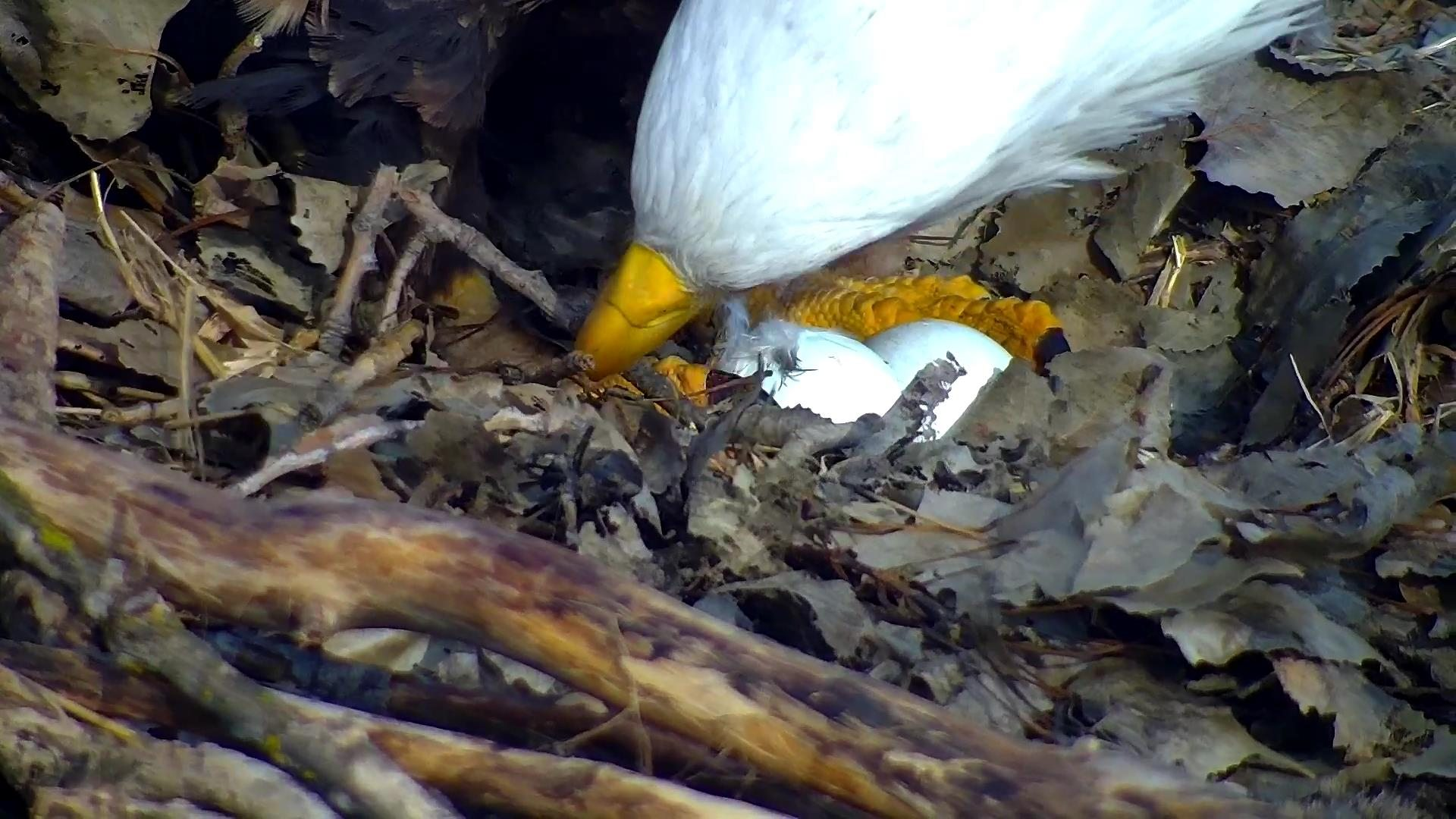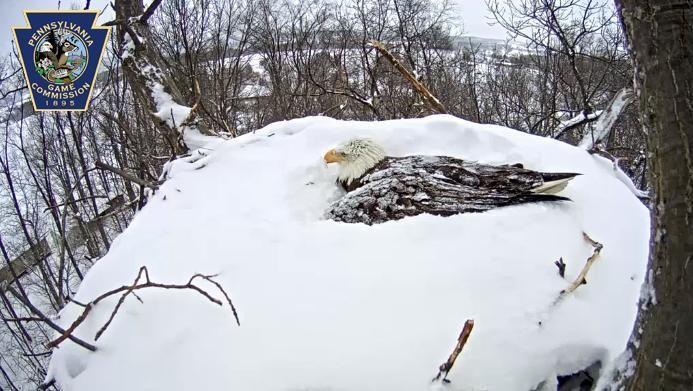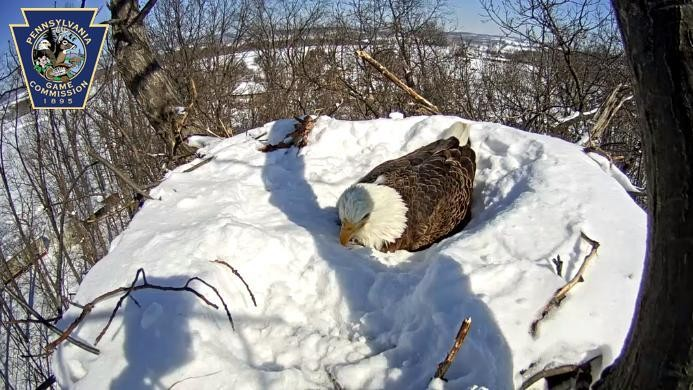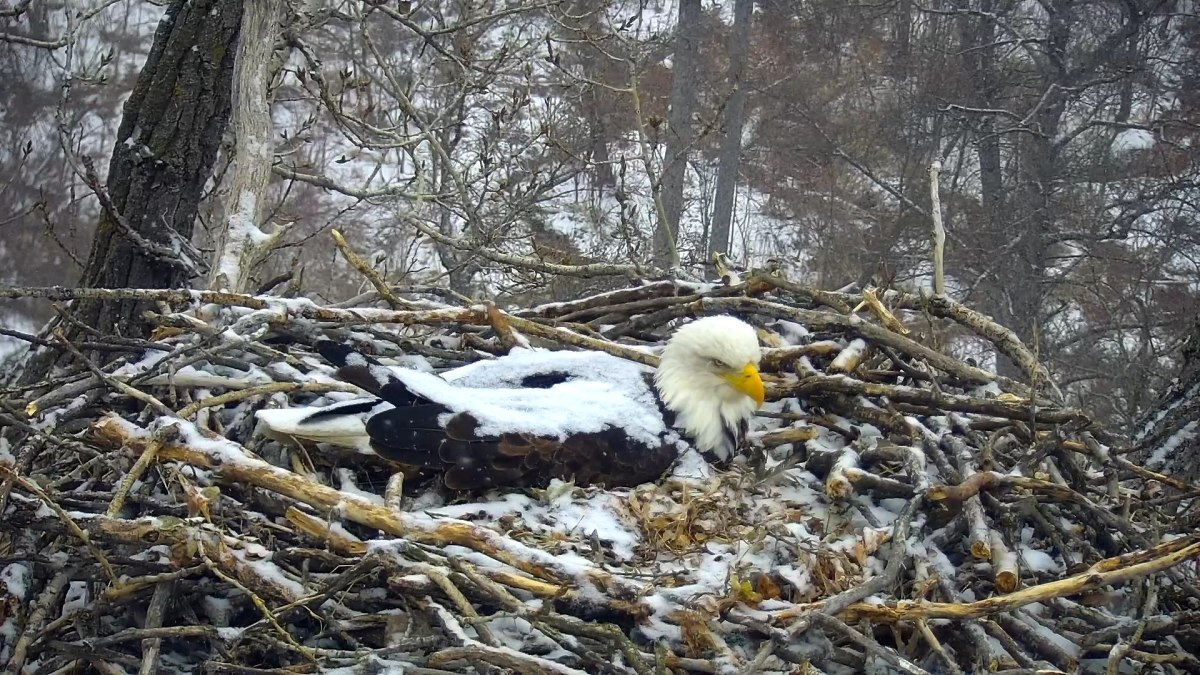During a blizzard, a bald eagle was seen refusing to leave its eggs behind, even after it was completely covered in snow up to its neck and just its head was visible.

That parent is quite tenacious. Picture courtesy of the Minnesota Department of Natural Resources’ Nongame Wildlife EagleCam
A video of an extremely persistent bald eagle was taken in Minnesota, USA, during a blizzard. One of the birds was seen waiting out a storm to stay warm thanks to an EagleCam that the Minnesota Department of Natural Resources installed at the nest. The EagleCam is currently livestreaming 24/7 while the pair of birds incubates its eggs. Even after being covered with snow up to its neck, the eagle refused to leave its nest.

Minnesota has had a lot of snowfall this week, and viewers of the live broadcast on Thursday morning local time saw the eagle nearly entirely buried, according to Insider. At last, the animal got to its feet, brushed off the snow, and arranged its nest neatly. Soon later, the other bird returned to the nest and assumed responsibility for incubation.


When the storm first started, she didn’t appear too happy. Picture courtesy of the Minnesota Department of Natural Resources’ Nongame Wildlife EagleCam
The male and the female eagles in the area alternately tend to their two eggs. Given that they gathered a lot of nesting material ahead of the storm, it is likely that they had anticipated the advent of snow.
The DNR claims that the snow cover’s insulating properties can surprisingly aid in keeping eggs warm. “The soft fur, feathers, leaves, and grasses tucked in around them have now nested the eggs farther down.”
There might be more eggs in the future. Picture courtesy of the Minnesota Department of Natural Resources’ Nongame Wildlife EagleCam
According to experts, there’s a chance the eagle couple will lay another egg. The species’ females can space their egg laying by two to three days.
“In 34 to 39 days, there just might be fuzzy-headed chicks to watch,” the DNR reports.